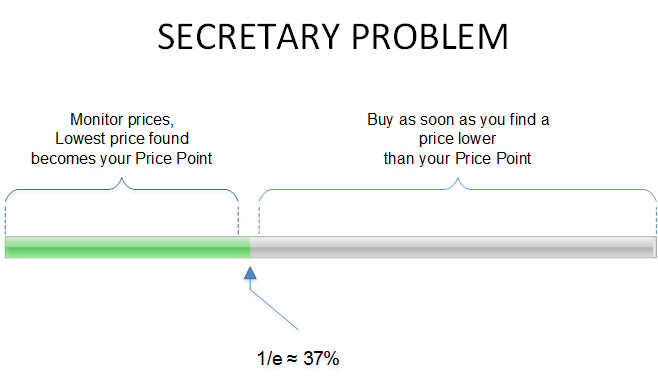Accountability is the bedrock of effective leadership. This essay delves into the essence of accountability in management, exploring perspectives from Steve Jobs and Joel Spolsky, and examining a relatable scenario involving a software developer named Dennis. Through these examples, we’ll navigate the complexities of accountability within the leadership domain.
Steve Jobs, renowned for his demanding leadership style, had a unique way of conveying accountability. He’d deliver a thought-provoking speech to newly promoted Vice Presidents, framing it as the “Janitor and the VP.” Imagine a janitor unable to empty a VP’s overflowing trash bin due to a missing key. While the janitor’s excuse might be understandable, Jobs’ point was clear: as you climb the corporate ladder, excuses become irrelevant. Accountability transforms from simply completing tasks to owning the outcome, regardless of external factors.
This concept resonates with Joel Spolsky’s essay, “In Defense of Not-Invented-Here Syndrome.” Spolsky argues that minimizing dependencies can increase predictability and enhance accountability.
Dennis, a software developer, embodies the potential pitfalls of taking this concept too far. Tasked with managing a critical system, he opted to set up a personal computer as a server in his cubicle. This bypassed the IT department, ensuring faster troubleshooting (increased personal accountability) and complete control. However, Dennis’s well-meaning actions backfired. The IT department, with established server protocols and specialists, remained unaware of this setup. When Dennis left the company, his departure exposed the system’s vulnerability and the inefficiency of bypassing established processes.
Dennis was concerned about a frequent, minor inconvenience: the potential unresponsiveness of the IT department. But his solution introduced a much more serious threat – a low-probability, high-impact risk. Security vulnerabilities or patching issues, which the IT department would have addressed, became a significant concern.
Dennis’s situation presents a dilemma. He embodied the spirit of Steve Jobs’ philosophy by taking personal ownership for the system’s success. However, his actions highlight the limitations of Jobs’ analogy. Our greatest control lies in our actions and decisions. Control over personal equipment is less effective, and control over others diminishes further down the chain of command. External suppliers add another layer of complexity.
Taking Spolsky’s concept to its extreme eliminates dependencies, specialization, and outsourcing. Imagine a single person responsible for everything, from mining resources to building a car. Specialization has been humanity’s key to progress. While it increases efficiency, it dilutes accountability for the final product.
Modern organizations are intricate networks with external suppliers and numerous dependencies. An executive seeking a specific outcome might naturally want to hold a single person accountable within their team. The reality, however, is that this person likely relies on external specialists or suppliers outside their direct control. These complex dependency chains, reaching beyond an individual’s zone of influence, introduce unpredictability in both the quality and timeliness of results. This inherent complexity can lead to a loss of accountability for results – the very issue Steve Jobs despised.
Outsourcing tasks can increase efficiency, but it introduces a loss of control and potential communication breakdowns, impacting accountability. Effective leaders continuously adapt their strategies to navigate the trade-offs between efficiency, predictability, and risk-taking. By fostering a culture of ownership within clear processes, while encouraging calculated initiative, leaders can nurture an environment with innovation and operational excellence. The stories of Steve Jobs, Joel Spolsky, and Dennis offer valuable insights into the complexities of accountability in a dynamic organizational landscape. It’s the leader’s ability to navigate this spectrum that will ultimately determine the success of their team and the organization as a whole.






